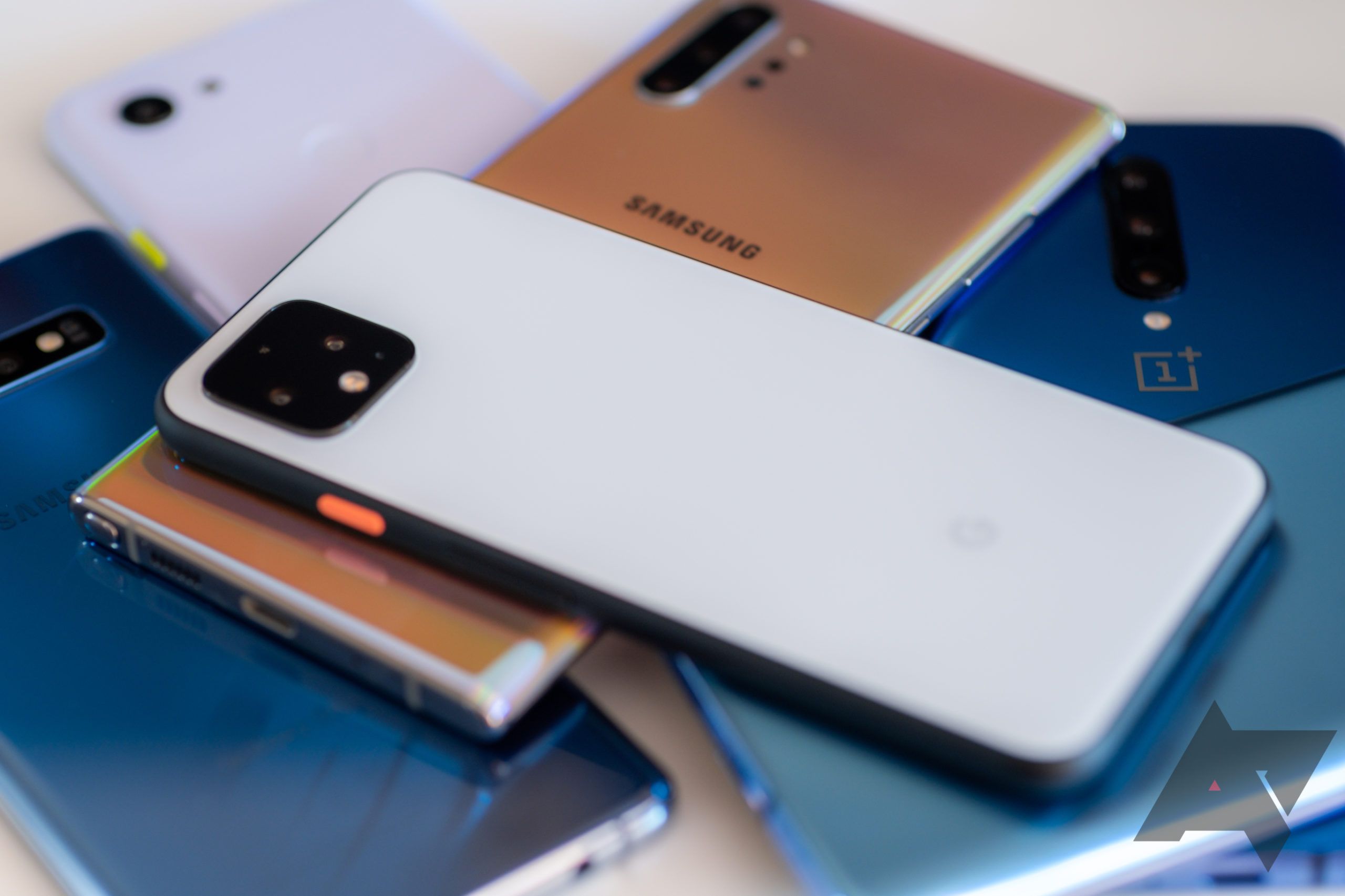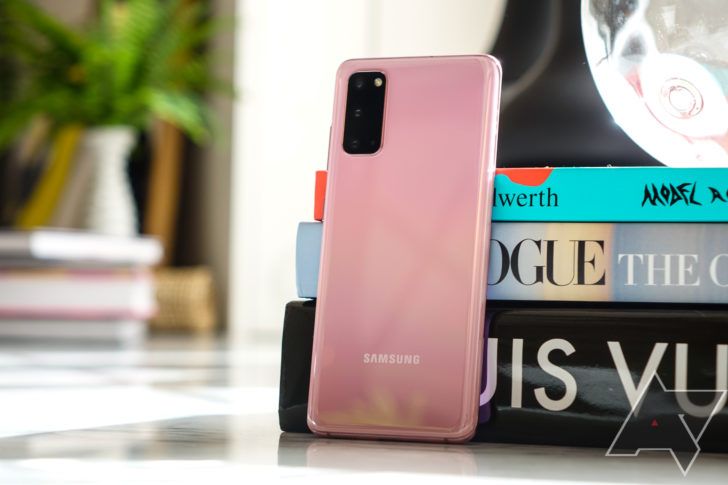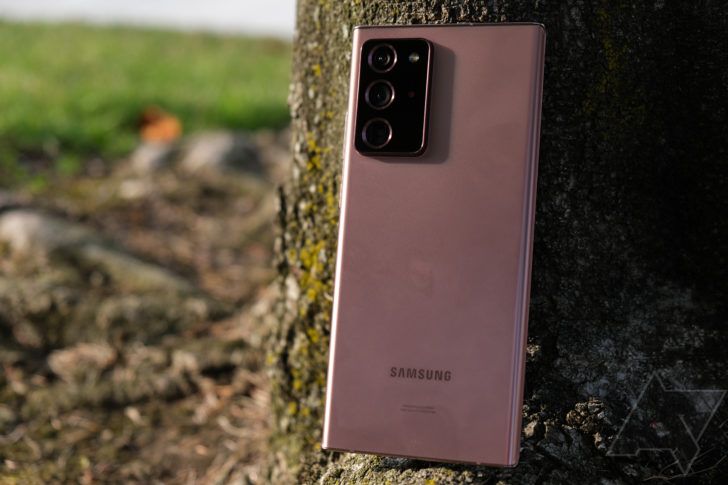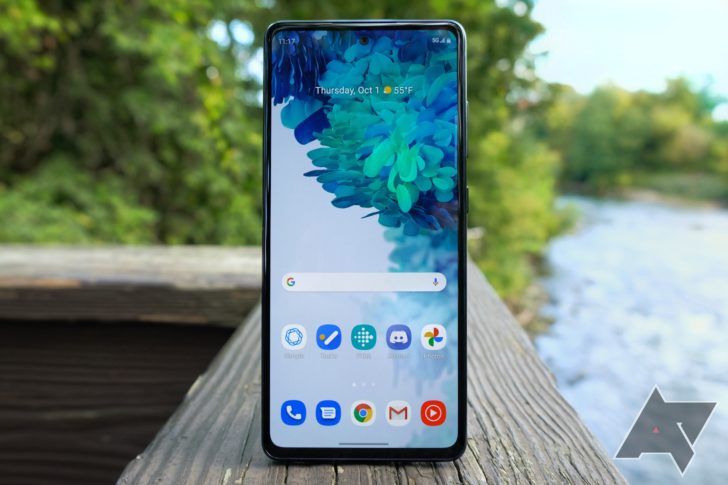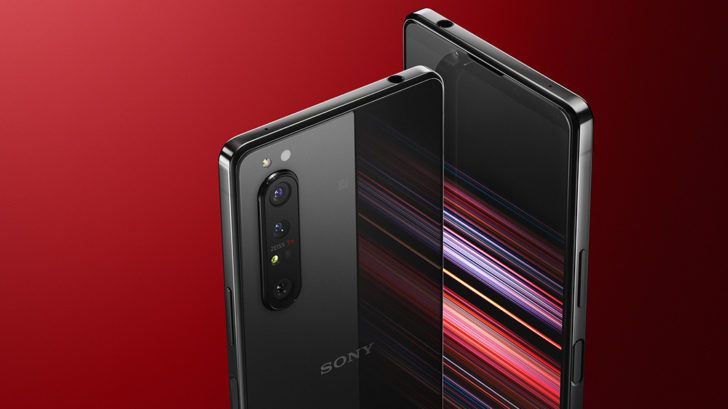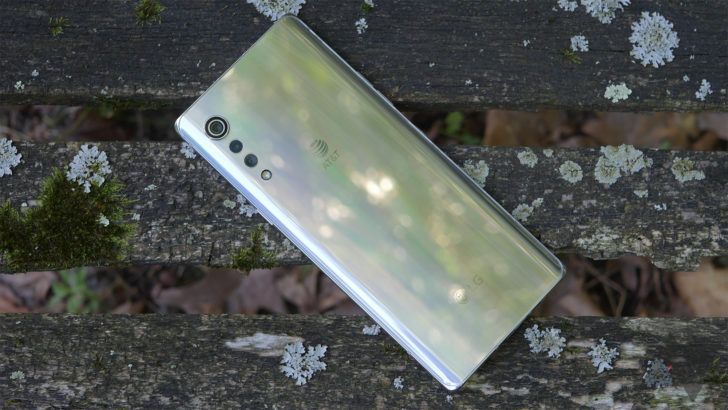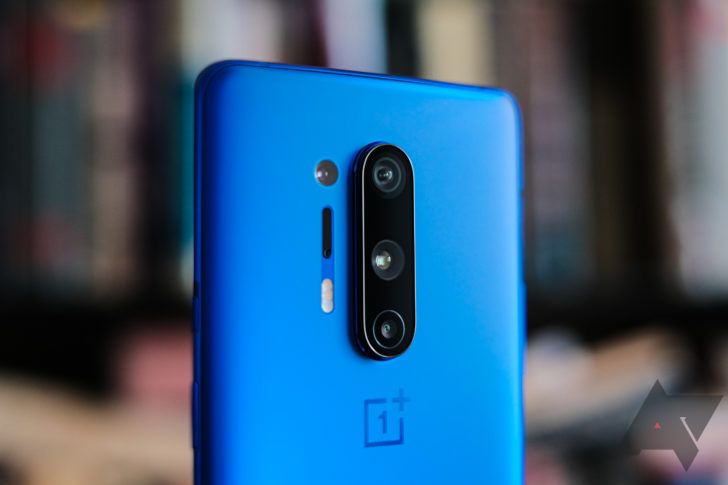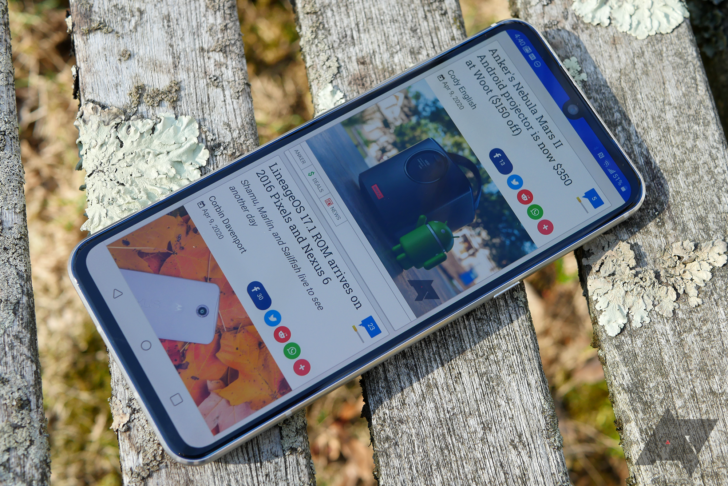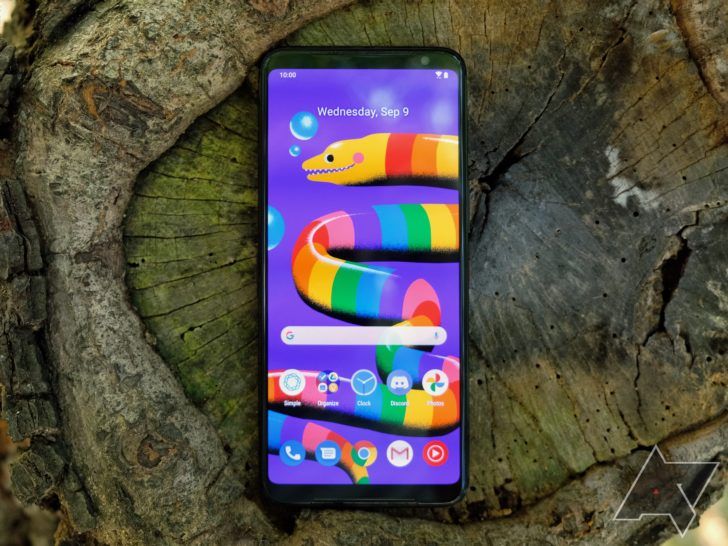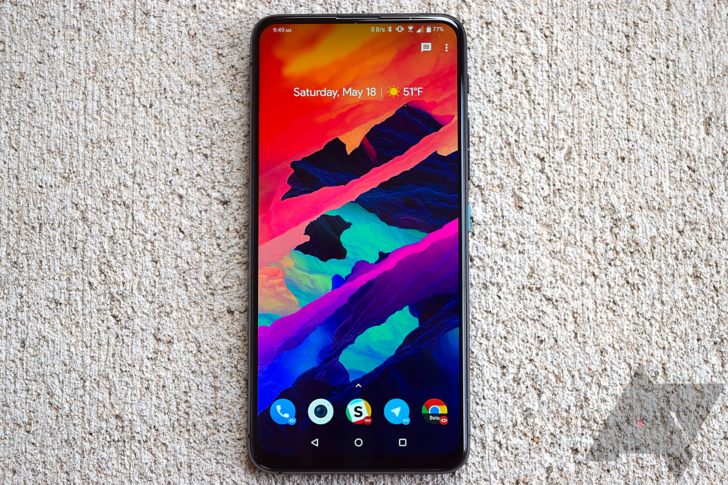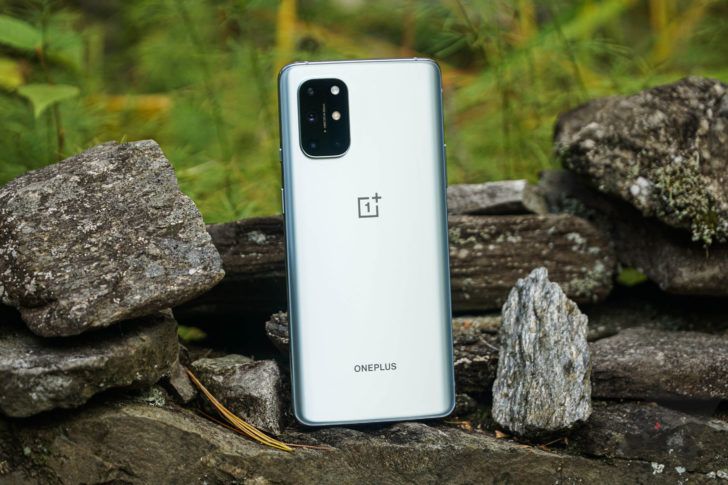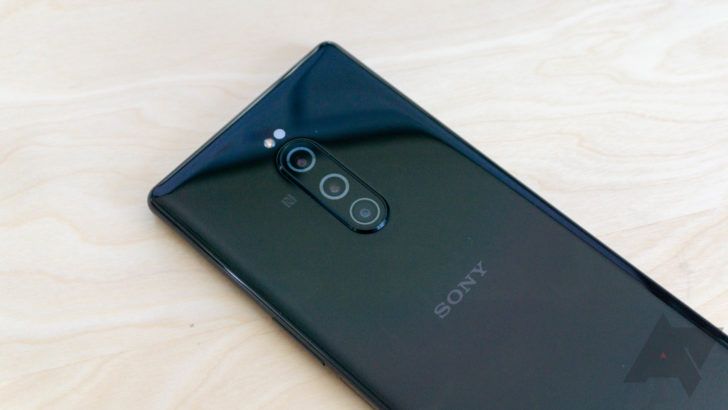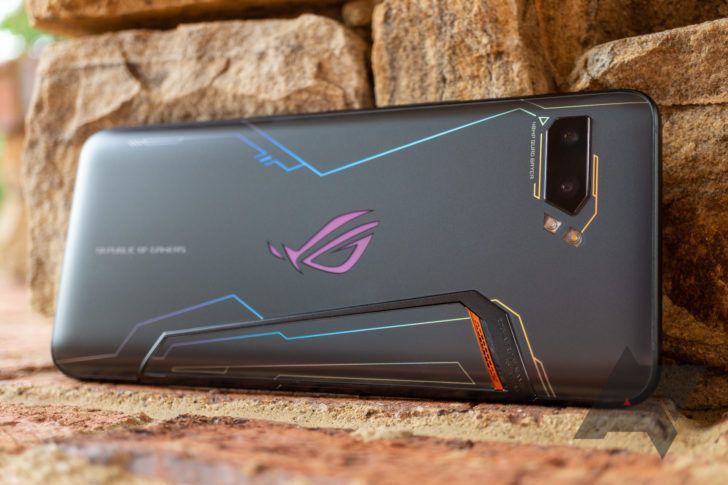STATS
|
Tracked data |
June 2019 - Nov. 2020 |
|
Months skipped |
10 months |
|
Average delay |
34 days |
es of Android don't matter as much as they used to. Many components of the operating system are updated through the Play Store, so even if you're on Android 8 or 9, you can still access most of the same apps and features as someone on the latest release of Android 10. However, the security updates that Google releases on a monthly basis are still critical to keeping your phone or tablet safe. Dozens of security flaws are discovered in components of Android each month, which is why Google releases monthly security patches.
Unlike app and API updates, the security patches can't be delivered directly to devices — phone manufacturers have to integrate the changes into their own flavors of Android, and release them as system updates. It's common knowledge that some companies are better than others when it comes to patching their phones, but making direct comparisons is somewhat difficult. It's hard to track down information about when exactly updates are released, with carriers and staged rollouts only making matters more complicated.
The good news is that we've done all the hard work for you. This is our ultimate security update tracker, where we're giving each recent flagship phone a simple score from 1-10, based on how long it takes for security updates to get from Google to device owners.
How we score devices
If you're interested how we gather this data and assess it, we explain our methodology more on the second page. Here's the short version:
- We compiled a list of dates for security patches for most Android flagship phones, starting from when each phone was released.
- The date for each security update is the first evidence we could find of a public rollout, either from an official announcement from the device maker, news coverage of the update, or confirmed reports from social media (whichever was earliest).
- Each device's score is calculated using a weighted average of the number of days between a security update's availability and the device's OTA being released, the resulting "score" being normalized into a number out of 10, and then a standard penalty being assessed for any given monthly update that is missed subtracting from that score.
Starting in January 2020, we've stopped tracking data for some older phones. The archived data can be found on Page 3.
Google Pixel 4/5/4a 5G: 10.0
It shouldn't come as a surprise that Google's flagships get perfect scores. Ever since the days of Nexus phones, Google has released security updates for its devices at the same time as the official security bulletins, effectively giving Pixel phones day-one updates.
Pixel phones are the only devices we've tracked that didn't miss a single month. There are a few instances where a security bulletin comes out a day or two before the Pixels get their updates, and vice-versa, but on average the delay is still zero days.
STATS
|
Months skipped |
0 months |
|
Average delay |
0 days |
If reliable and frequent security updates are your main concern when buying a phone, Pixels have historically been the best options. However, Samsung has started to become more competitive in this area, especially with the Galaxy S20 series.
Samsung Galaxy S20: 10.0
Matching Google for first place is Samsung's current flagship phone, the Galaxy S20. Granted, the phone has only been available to purchase for a few months, but Samsung has been extremely quick to update the phone so far.
The Galaxy S20 hasn't missed a single month of updates so far, and in some cases, Samsung has rolled out patches before Google's Pixels. The May 2020 update began rolling out on April 29th, and was widely available by the time the Pixel 4 was updated.
STATS
|
Months skipped |
0 months |
|
Average delay |
-1 days |
Only time will tell if Samsung can keep up its rapid release schedule, but if last year's Galaxy S10 is any indication, you probably won't ever have to worry about security patches with the S20.
Samsung Galaxy Note20 Ultra: 10.0
Considering the high scores of Samsung's other flagship phones, it's probably not a surprise that the Note20 Ultra gets a perfect rating.
On average, the Note20 Ultra has received updates around the same time as the Galaxy S20 series. It hasn't missed a single month since its debut earlier this year. Anything less than a perfect score would be a bit embarrassing at the phone's $1,299 MSRP, so 10/10 is good news.
STATS
|
Months skipped |
0 months |
|
Average delay |
0 days |
Samsung Galaxy S20 FE: 10.0
Samsung surprised everyone this year with the Galaxy S20 Fan Edition, a phone that packed nearly all of the S20's features into a phone that has been as low as $550. Despite the low price, the Fan Edition is receiving updates at roughly the same times as the S20, Note20, and Pixel series.
STATS
|
Months skipped |
0 months |
|
Average delay |
0 days |
Sony Xperia 1 II: 7.0
Sony's latest flagship is the Xperia 1 II, also known as the Xperia 1 Mark II. It became available in the United States in late July for a cool $1,198. For the moment, it has a higher score than last year's Xperia 1.
The Xperia 1 II has only skipped one month of updates so far (the phone received Android 11 in January with a month-old security level), but the patches are still a bit late compared to Google Pixel phones and the Galaxy S20. Still, if Sony can maintain a monthly schedule, that will already be an improvement over the original Xperia 1.
STATS
|
Months skipped |
0 months |
|
Average delay |
3 days |
LG Velvet 5G: 7.0
LG's newest mainstream phone is the Velvet 5G, and while it has a decent score for the moment, we expect it will fall over time like the company's other phones. As with other LG phones, we're using a combination of data from AT&T, Verizon, and T-Mobile to assess the Velvet, since LG doesn't have easily-accessible information for the US unlocked models.
The LG Velvet arrived in the United States in mid-2020, and since then, it has only missed two months of updates. However, it has a somewhat-high average delay compared to other 2020 flagship phones.
STATS
|
Months skipped |
2 months |
|
Average delay |
17 days |
OnePlus 8 Pro: 6.0
The OnePlus 8 Pro has only missed two months of updates so far, which is already an improvement from the bi-monthly schedule of other OnePlus devices. However, most patches are delivered several weeks after Pixels get them. There's also an Open Beta progarm where you can get updates slightly ahead of the general public, with occasional bugs.
STATS
|
Months skipped |
2 months |
|
Average delay |
19 days |
LG V60 ThinQ: 5.5
The LG V60 was released in April of this year, and for the moment, it's a decent improvement from the LG G8's dreadful score.
LG has usually been quick to release security patches for the V60, but the schedule has been inconsistent so far. The phone didn't receive the May or June updates at all, but the following July update arrived right on time.
STATS
|
Months skipped |
2 months |
|
Average delay |
28 days |
Motorola Edge+: 4.0
Motorola released its first flagship smartphone in years, the Edge+, in May 2020. The company hasn't been great at delivering quick updates for a long time, so it's not much of a surprise that the Edge+ ranks poorly.
The Edge+ shipped with the March 2020 security patch, and the first update with the April 2020 patch arrived over a month late on May 13th. Since then, the phone has mostly stuck to bi-monthly patches, though each update is around a month late.
STATS
|
Months skipped |
5 months |
|
Average delay |
14 days |
Asus ROG Phone 3: 4.5
The ROG Phone II has sat near (or at) the bottom of this list since it was released, and unfortunately, it looks like its successor isn't going to fare much better. Even though the ROG Phone 3 has only been available for a few months, it's already dropped to a 5/10 on our scale.
The ROG Phone 3 is mostly sticking to a monthly schedule, but just like most other phones from Asus, it is receiving those updates extremely late. It didn't get the August 2020 patches until September 29th, for example.
STATS
|
Months skipped |
6 months |
|
Average delay |
28 days |
Asus Zenfone 6: 4.0
Even though the Zenfone 6 doesn't have an incredible score, it does narrowly beat out devices that are often perceived as providing more frequent updates, like phones from OnePlus.
The Zenfone 6 was something of a turning point for Asus' mobile division when it was released last year. It great device in its own right, as we highlighted in our review, but Asus also made frequent updates a higher priority. It has since been succeeded by the Zenfone 7 and 7 Pro.
STATS
|
Months skipped |
4 months |
|
Average delay |
36 days |
OnePlus 8T: 4.0
The OnePlus 8T was only released in October, but it already has a poor update track record. The phone only received its first security update on December 29th, which contained the November 1st patch level. In other words, the OP8T got the November patches 57 days after Google's Pixel phones and the Galaxy S20.
We'll have to wait and see if OnePlus can establish a more steady update schedule, like what we've (mostly) seen with the OP8 Pro.
STATS
|
Months skipped |
6 months |
|
Average delay |
24 days |
Sony Xperia 1: 3.0
Since its US release in early 2019, Sony's Xperia 1 has skipped quite a few security updates. In general, updates are delivered on a bi-monthly basis, but the phone did go three months without an update during one period.
Sony skipped the July and August 2019 patches for the Xperia 1, but the phone finally was updated in September. Updates have been more consistent since then, but the delays are still not great. For example, the June 2020 update took 17 days, and the August 2020 release took 38 days.
STATS
|
Months skipped |
2 month |
|
Average delay |
45 days |
OnePlus 7T Pro: 2.0
OnePlus is typically praised for its quick updates, so this score for the company's final 2019 flagship might come as a surprise to many of you. However, as the old saying goes, the data doesn't lie.
The 7T Pro was released only a few months before the coronavirus outbreak began in China, where OnePlus and other Chinese OEMs functioned at limited capacity. The 7T Pro didn't get its January security update until February 14th, for example. Since then, the update schedule has been more consistent, but still only bi-monthly (and usually 2-3 weeks after Pixels).
STATS
|
Months skipped |
10 months |
|
Average delay |
14 days |
It's worth noting that OnePlus does have an Open Beta program, where device owners can receive updates before they are ready for prime time, but that can come with bugs and other consequences.
OnePlus 7 Pro: 2.0
The OnePlus 7 Pro has been available since mid-2019, but it gets the same dreadful score as the newer 7T Pro.
Like other phones from OnePlus, the 7 Pro typically skips every other month, and (on average) receives patches several weeks after they are released. For example, the May 2020 patch took 24 days to roll out, and the July patch didn't appear on the OnePlus 7 Pro until August 4th.
STATS
|
Months skipped |
8 months |
|
Average delay |
33 days |
Asus ROG Phone 2: 0.0
Asus has offered frequent and quick updates for its main flagship, the ZenFone 6, but that same attention has not carried over to the company's 2019 gaming phone. The ROG Phone 2 has the distinction of having the longest average delay between updates of any phone we're tracking.
The phone had an extended gap in security updates while Asus was working on its Android 10 update. The ROG Phone 2 didn't receive the October 2019 patch until November of that year, and it remained on that patch level until the Android 10 update rolled out in March 2020.
STATS
|
Months skipped |
10 months |
|
Average delay |
29 days |
Since then, the ROG Phone 2 has typically gone two months between security updates, and they still usually show up very late. For example, the April 2020 patch wasn't released until May 13th. It has been succeeded by the ROG Phone 3.
We plan to keep this guide updated as each new month passes. See the second page for info on how we're dealing with factors like regions, staged rollouts, calculating dates, and more methodological info.
Special thanks to The Android Soul, Xperia Blog, SamMobile, and 9to5Google for covering some of the device updates we would have otherwise missed.
Dealing with regions, staged rollouts, dates, and more
Ranking devices by their record with security updates turned out to be a bit difficult. There are many variables to consider, including different rollout dates for different countries, delays with carrier models compared to their unlocked equivalents (though Samsung and other OEMs sometimes update their unlocked devices later), and availability of first-hand information.
While some companies make public announcements the day an update starts to roll out — for example, OnePlus publishes a forum post for each update — most do not. That means we have rely on user reports from social media (Twitter, Reddit, etc.) and independent news coverage to find dates for releases. Most of our data about the Sony Xperia 1 came from XperiaBlog, for instance.
With those factors in mind, we decided to narrow the scope of this article and set reasonable guidelines.
First, we trimmed our data to focus on rollout dates for devices in the United States. Most Android phone manufacturers have different update schedules for different regions, but because most of our readership is based in the US, using data about how quickly Motorola released an update to a phone in Brazil wouldn't be helpful. In some instances, the reports didn't specify what region the rollout occurred in (especially with information posted to Reddit/Twitter), but if we found evidence that the US release occurred on a different date, we looked for data elsewhere.
Second, we're tracking rollout dates for the carrier-unlocked variants of each phone, except where otherwise specified. We're well aware that most people in the United States buy their phones directly from a carrier, but taking into account the independent delays that each carrier adds to the update process would have made the data less concise and helpful.
Third, the starting date for each patch is when Google published the Android Security Bulletin. Near the start of each month, Google releases a public page about the fixes included in that month's security update. The publishing date of the bulletin is the baseline date we use to calculate the delay for each device. Google usually provides code for security updates to OEMs a while before the page goes live, but considering the publish date is when the general public becomes aware of the patched bugs, it's a good place to start.
Fourth, the data we've collected for each device starts in January 2019, or when the phone was released (whichever comes last). For example, even though the Pixel 3 was released in late 2018, we're only looking at updates released since January 2019. We're also not penalizing skipped months if the phone wasn't released yet in that month.
Finally, we're only looking at the flagship devices of each major phone manufacturer that releases phones in the US. We're well aware that Xiaomi, Oppo, and other companies exist, but including phones from every major global phone maker is simply too much for us to keep track of at this time.
All that is to say there is a little bit of wiggle room in our results. It's possible the Twitter report of an update was posted a few days after the actual rollout began, or the vast majority of phone owners received a certain update much later because the rollout was paused.
Archived phones
These are results for phones that we are no longer tracking every month. They are presented here for historical/reference purposes, and most (if not all) of these devices have been discontinued for a long time.
Samsung Galaxy S10: 8.0
Samsung used to be much worse with security and OS updates, but the Galaxy S10 was a turning point for the company. The S10 received security updates in a timely manner, but and was also among the first phones to receive Android 10. The phone also managed to maintain a high score for well over a year, while most competing phones from 2019 slipped behind.
STATS
|
Months skipped |
11 months |
|
Average delay |
44 days |
The Galaxy S10 only missed two security updates since its release in early 2019: the patches for June and July 2019 were included in an August update. However, the S10's typical delay from when Google's security bulletins were published is the main reason it fell slightly behind other devices.
Nokia 9 PureView: 7.5
The Nokia 9 PureView is the closest thing HMD Global had to a flagship Android device in 2019, and even though the phone suffered from camera and fingerprint reader bugs when it launched, the PureView's security update record was acceptable. According to our data, the PureView has only skipped one month since its release — the May 2019 patch was never rolled out (Nokia combined it with the June patches).
STATS
|
Tracked data |
Mar 2019 - Nov 2020 |
|
Months skipped |
2 months |
|
Average delay |
7 days |
While there were a few instances of Nokia rolling out the update in the first week of the month, most patches were released around two weeks later. For example, the February 2020 update rolled out on February 24th, the December 2019 patches were released on December 31st, and so on.
LG G8 ThinQ: 2.5
LG's mainstream 2019 flagship, the G8 ThinQ, skipped several months of patches and had a high average delay. However, we were using rollout dates for the AT&T model, because there wasn't enough public data about the US unlocked version.
STATS
|
Tracked data |
Jan. 2019 - Nov. 2020 |
|
Months skipped |
1 month |
|
Average delay |
14 days |
The added step of carrier approval could be adding some delay, but the frequency of patches is the G8's primary issue. There were no updates at all from late September 2019 until mid-February 2020, and the February update only had the December patches.
Motorola Moto Z4: 1.0
The Moto Z4 had an average update delay of over a month, but it was more likely for Z4 owners to not get an update at all. The Z4's first update came in mid-July (containing May patches), then there were no updates at all until mid-November. Oh, and the November update was two months behind in security patches.
STATS
|
Tracked data |
Mar. 2019 - Nov. 2020 |
|
Months skipped |
9 months |
|
Average delay |
31 days |

